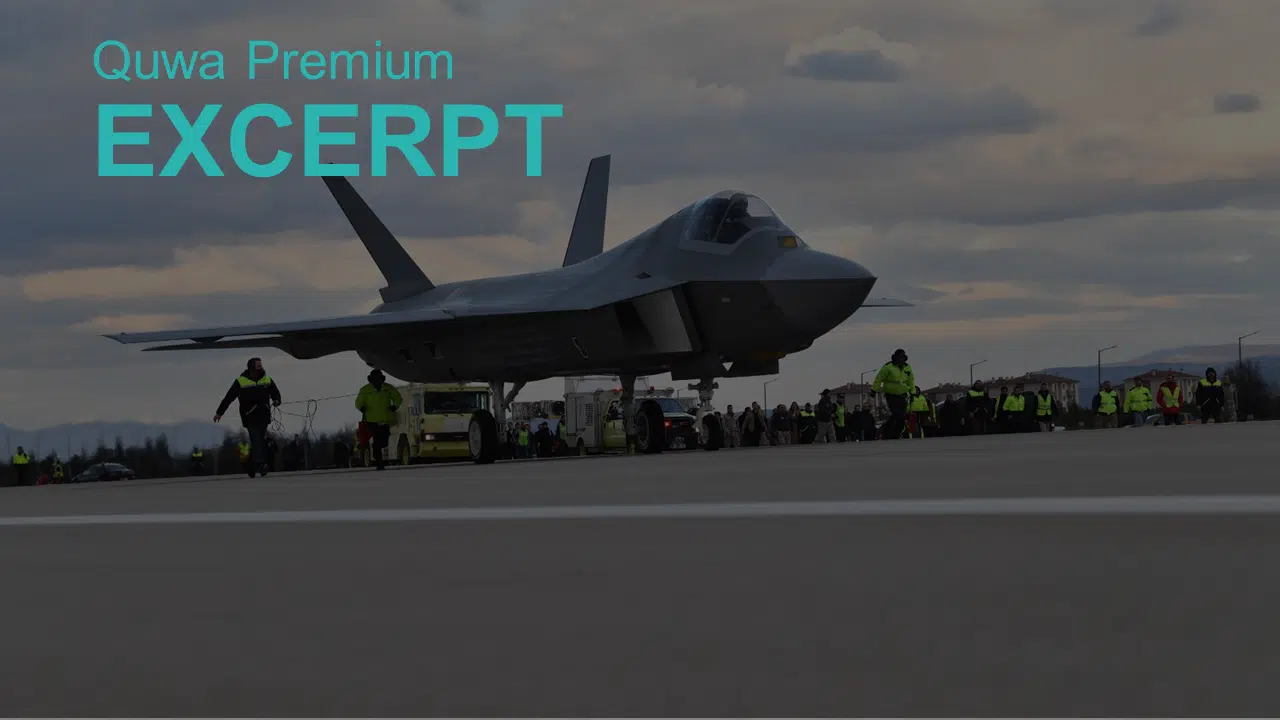1936Views

Lessons from Ukraine: Lethal Air Defence Deployment is a Real Thing
Recently, the Ukrainian military retook Lyman, a major city in the Donetsk region, which Moscow annexed only days prior to Kyiv’s counteroffensive.
Until this point, a combination of precision strikes from land, well-trained infantry, and an effective use of drones and cruise missiles all contributed to Ukraine’s success. However, there is no doubt that the clear deprecation of Russia’s airpower has also been critical.
Although narratives like the “Ghost of Kyiv” fill headlines and drive conversations, Ukraine’s ground-based air defence systems (GBADS) were critical to restraining Russia’s air power. Reports peg some of Russia’s recent losses (i.e., including a Su-30SM and Su-34) to man-portable air-defense systems (MANPADS).
These losses seemed to have occurred due to several factors. Firstly, Ukraine’s medium-to-long-range air defence systems forced Russia’s combat aircraft to fly lower than they should. Secondly, Ukraine used its MANPADS to target the low-flying Russian aircraft.
This outcome suggests that a multi-layered GBADS can erode enemy airpower, if not create an anti-access and area-denial (A2/AD) situation. For its part, Ukraine is deftly deploying its GBADS assets, even though its largely reliant on older surface-to-air missiles (SAM) like older S-300 and Buk variants.
President Volodymyr Zelensky’s has been vocal about his country’s need for modern fighter aircraft. But through its skillful air defence deployments, Ukraine is, once again, imparting valuable insights for other countries to follow for their requirements in the coming years.
The Wartime Evolution of Ukraine’s Air Defence Environment
At the start of the war, the bulk of Ukraine’s GBADS assets comprised of legacy systems, particularly older variants of the S-300 long-range SAM, the Buk-M medium-range SAM, and the Igla short-range/MANPAD systems, among others. Mostly inherited from the era of the Soviet Union, these SAMs formed the bulk or mainstay of Ukraine’s air defence assets prior to war, and for much of the conflict up to this point…
End of excerpt. Subscribe to Quwa Premium to read the rest of this section.
Applicability to Pakistan
Ukraine’s success may drive Pakistan to bolster its own GBADS investments. In fact, each of the tri-services is already allocating resources towards this area. However, after seeing how an adept GBADS can support an A2/AD posture in Ukraine, Pakistan might reinforce its focus in this area.
For example, the mainstay short-to-medium-range SAMs of the Pakistan Army and the Pakistan Air Force (PAF) – i.e., LY-80 and Spada 2000, respectively – are SARH-based systems. So, Pakistan may observe how Ukraine fares using the ARH and IIR-based SAMs. If the results are good, Pakistan might adopt comparable ARH and IIR-based options from China, Turkey, and potentially even Western Europe…
End of excerpt. Subscribe to Quwa Premium to read the rest of this section.
End of Excerpt (414/1,336 words)
You can read the complete article by logging in (click here) or subscribing to Quwa Premium (click here).
For more defense news and analysis, see:
- Is Ukraine’s HIMARS Use Making a Case for Land-Based Strike Capabilities?
- Ukraine is Showcasing the Benefits and Drawbacks of Drones
- A Glance at the Global Used F-16 Market


